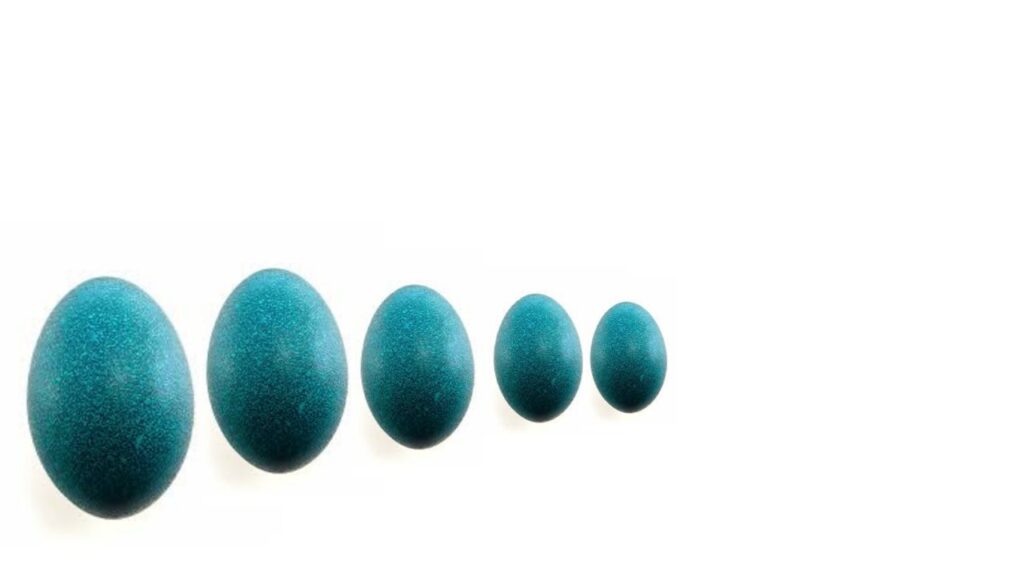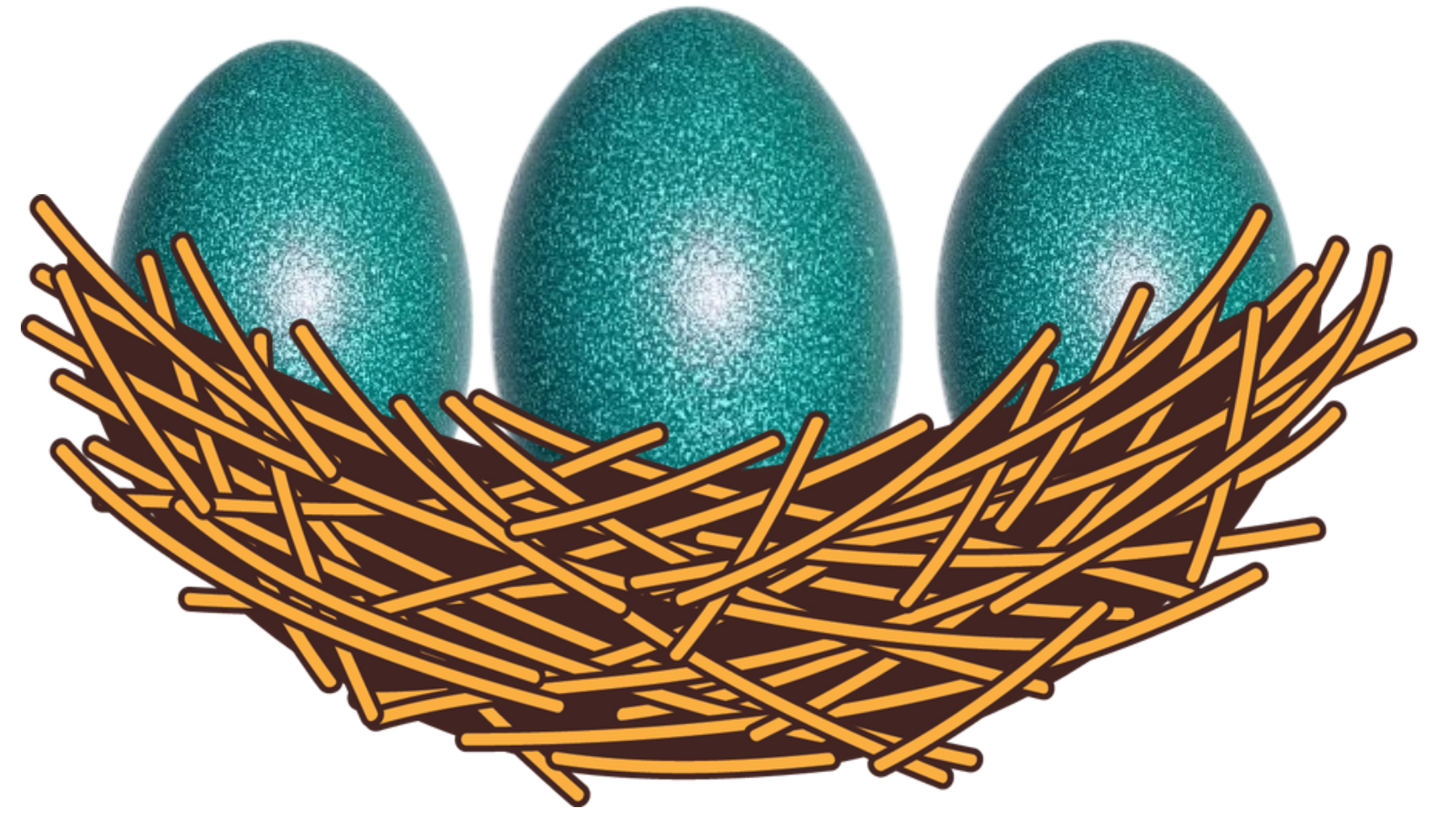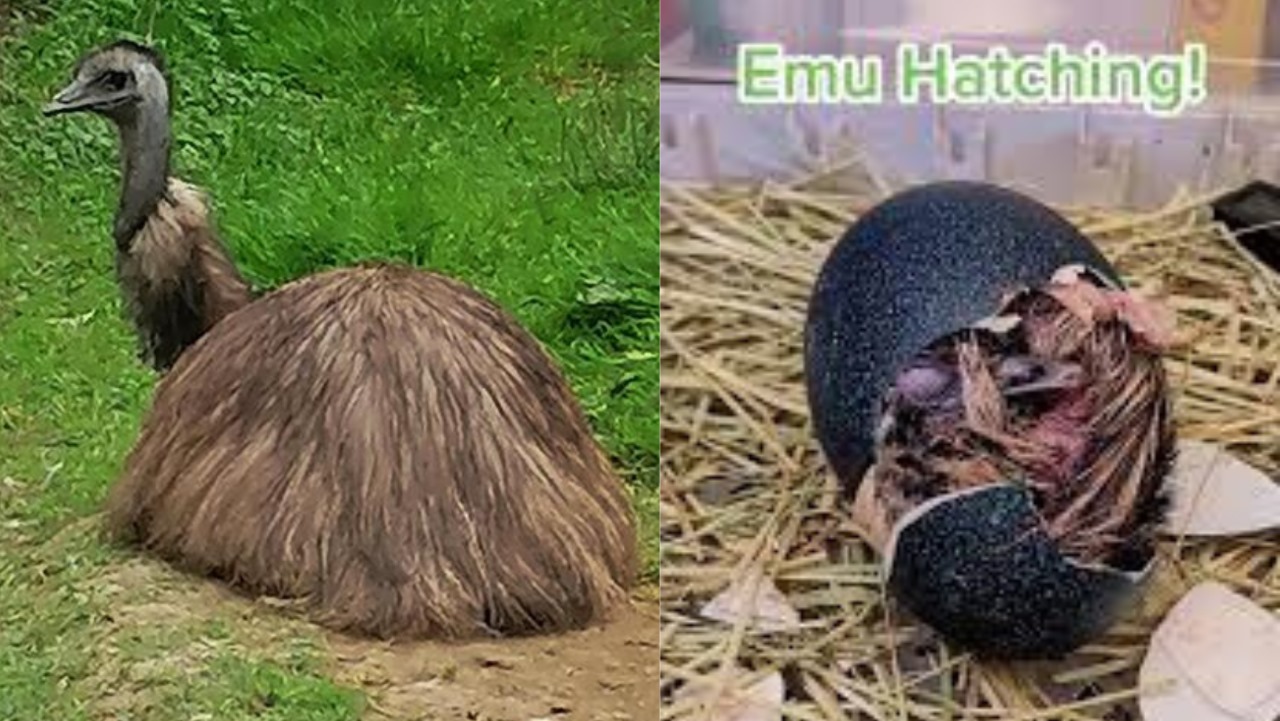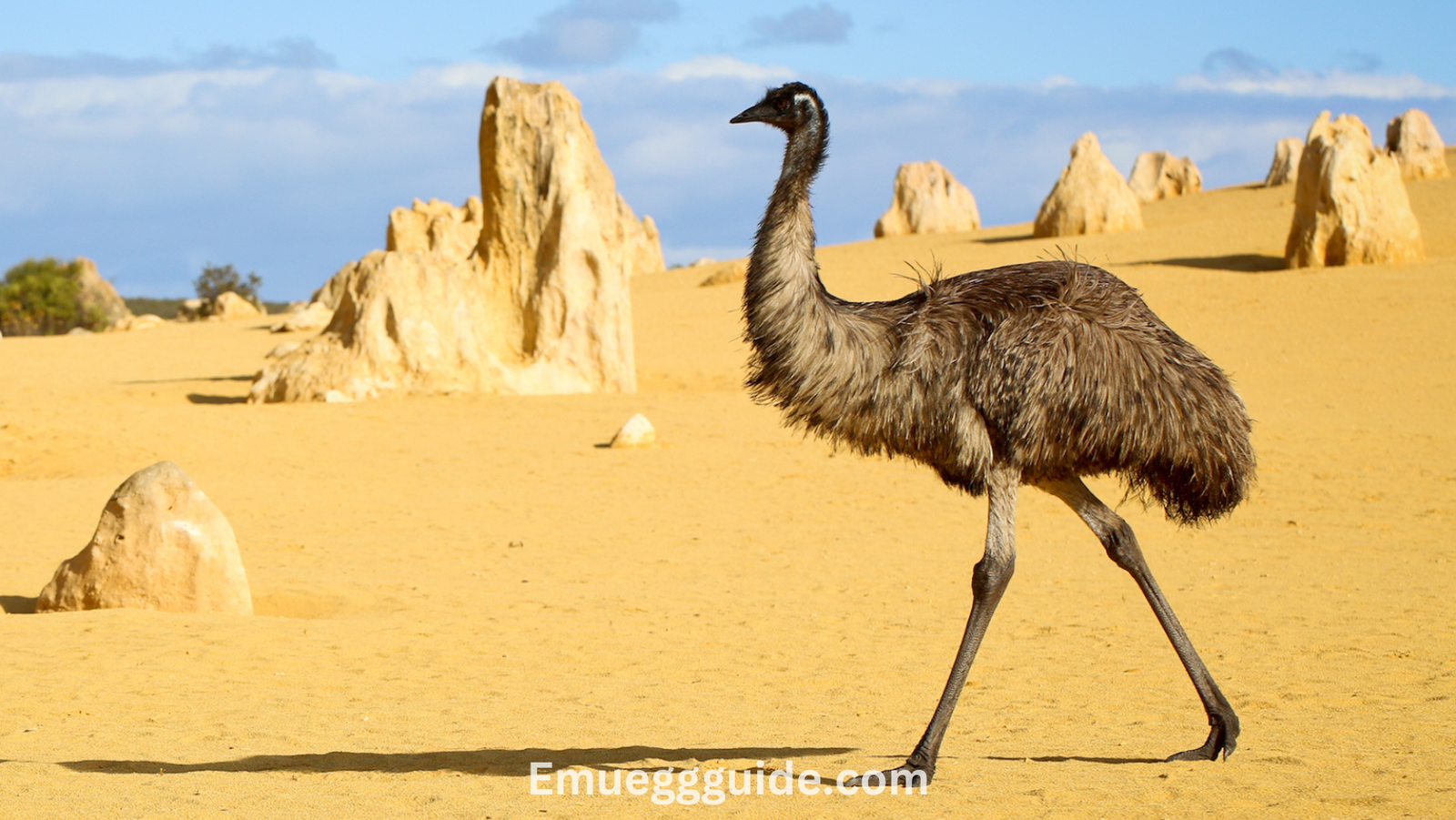Emu egg hatching from the mysterious process of breeding and sexing these majestic birds to the delicate art of incubation and hatching, there’s a whole universe of discovery awaiting you. The intricacies of emu reproduction, explore the unique characteristics of their eggs, and unveil the secrets to successful hatching.
Emu Breeding and Sexing
Emus, with their striking appearance and intriguing behavior, have long captured the fascination of enthusiasts and researchers alike. But behind their enigmatic lies a complex process of breeding and sexing that is essential for ensuring the continuity of these magnificent creatures. In this article, emu reproduction from understanding the breeding to employing effective methods of sexing for successful outcomes
Process of Breeding Emus
Breeding emus is not merely a matter of pairing two birds together and waiting for eggs to appear. It involves a careful of their natural behaviors, reproductive cycles, and environmental factors that influence their breeding patterns. Emus are known for their mating behavior, forming bonds that can last a lifetime. However, creating the right conditions for breeding requires more than just pairing compatible mates.
One key aspect of emu breeding is ensuring proper nutrition and habitat. Emus thrive in spacious environments with access to varied vegetation and suitable nesting sites. The timing of their breeding season, which typically occurs during the cooler months, can optimize breeding success.
Methods for Sexing Emus Successful Breeding
The sex of emus is successful breeding efforts. Unlike many bird species, emus do not exhibit obvious physical differences between males and females, especially in their outward appearance. Therefore, specialized methods are employed to accurately sex emus, ensuring that breeding pairs are appropriately matched.
One commonly used technique for sexing emus involves DNA testing, which provides definitive results by analyzing genetic markers unique to each sex. Another approach is ultrasound imaging, which allows the experienced professionals to visually inspect internal reproductive organs for signs of male or female anatomy.
In addition to these scientific methods, behavioral cues can also provide valuable insights into the sex of emus. Males tend to be more vocal and assertive, often engaging in displays of dominance during courtship and breeding. Females, on the other hand, may exhibit nesting behaviors such as digging shallow depressions in the ground and displaying protective instincts towards their eggs.
By combining of emu biology with specialized sexing techniques, breeders can ensure the formation of pairs and maximize the chances of successful breeding outcomes. In the next section, emu egg laying and explore the intricacies of this pivotal stage in the reproductive journey of these remarkable birds.
Egg Production
Emu egg production is a marvel of nature, a series of fascinating processes in the creation of these extraordinary eggs. In this section, the intricacies of the egg laying process in emus, shedding light on the variations in egg shapes and sizes that contribute to their uniqueness. The journey of emu egg production begins with the intricate interplay of hormonal cues and environmental factors that signal the onset of the breeding season. As the days grow shorter and temperatures cooler, female emus enter a state of reproductive readiness, marked by an increase in hormone levels and behavioral changes. During this time, female emus meticulously prepare nesting sites, using their powerful legs to excavate shallow depressions in the ground where they will lay their eggs. These nests are often lined with soft materials such as grasses or leaves, providing a cozy environment for incubating the precious cargo. Once the nest is prepared, the female begins the egg laying process, typically producing one egg every two to three days until she has completed her clutch. Emu eggs are notable for their large size, often measuring around 5 to 6 inches in length and weighing several pounds. The eggs are characterized by their vibrant green coloration, which serves as a natural camouflage in their desert habitat
Eggs Shapes and Sizes

While emu eggs share certain characteristics, such as their distinctive green color and robust shell, variations in size and shape can occur between individual eggs and among different breeding pairs. Factors such as genetics, age, and nutritional status can influence the size and shape of emu eggs, leading to a diverse range of appearances within a clutch. Some emu eggs may exhibit slight asymmetry or irregularities in shape, reflecting the natural variability inherent in biological processes. However, these variations do not diminish the value or viability of the eggs and are ply a tesimstament to the rich tapestry of life.
Incubation Procedures
Emu egg incubation is a delicate dance between nature and nurture, where the careful application of techniques ensures the optimal development of the embryos within. In this section, the intricate procedures involved in incubating emu eggs, exploring methods for maximizing hatching success and the unique role of male emus in the incubation process.
Emu Eggs Incubating for Hatching
The journey of emu egg incubation begins the moment the eggs are collected from the nest, signaling essential for ensuring uniform development and hatching success. Egg conditions is essential the transition from natural to artificial incubation.
One of the key techniques employed in emu egg incubation is the use of specialized incubators designed to mimic the natural nest environment. These incubators feature adjustable settings that allow breeders to fine tune parameters such as temperature and humidity to meet the specific needs of emu eggs. Maintaining stable conditions throughout the incubation period is during the incubation process, allowing breeders to detect and address any issues that may arise. Candling, a technique that involves shining a bright light through the eggshell to observe the developing is commonly used to assess egg viability and detect potential problems such as infertility.
Male Emu Incubation Process
In the natural world, male emus play an active role in the incubation of eggs, taking turns with their female counterparts to warm and protect the developing.
In captivity, breeders have the option to replicate this natural behavior by allowing male emus to participate in the incubation process. This can be achieved by providing opportunities for male emus to access the eggs and assume a protective posture, effectively sharing the incubation duties with the female. While not all male emus may exhibit this behavior, those that do can make valuable contributions to the hatching process.
By combining proven incubation techniques with the innate instincts of male emus, breeders can create an environment that fosters development and hatching success. We continue our exploration of emu reproduction, uncovering the secrets to nurturing new life and ensuring the continued vitality of these remarkable birds.
Hatching Stage
The hatching stage marks the culmination of weeks of anticipation and preparation, as emu eggs transform into adorable chicks. In this section, the final chapter of the emu reproduction saga, exploring the essential tasks of monitoring and assisting with emu egg hatching while prioritizing the health and newborn chicks.
As the incubation period draws to a close, breeders must remain vigilant, closely monitoring the progress of each egg as it approaches the hatching stage. Signs of imminent hatching may include audible chirping from within the egg, as well as visible movements a small crack appearing in the eggshell as the chick begins to break free.
While some chicks may require minimal intervention to complete the hatching process successfully, others may encounter difficulties such as being unable to fully emerge from the eggshell or becoming trapped during hatching.
Breeders can provide assistance by carefully removing fragments of the eggshell or gently aiding the chick in breaking free, taking care not to cause injury or undue stress. This hands on approach ensures that each chick has the best possible chance of emerging healthy and strong.
Health and Hatching Chicks
Once the chicks have successfully hatched, the focus shifts to ensuring their health and during the critical early stages of life. Breeders must provide a warm and nurturing environment for the newborn chicks, with access to clean water, nutritious food, and appropriate shelter.
By prioritizing the health and well-being of hatching chicks and providing attentive care during the hatching stage, breeders play a vital role in setting the foundation for the future success of their emu flock. We celebrate the joy of new life and continue our journey into the fascinating world of emu reproduction.
In conclusion, the emu egg hatching of nature and the dedication of breeders. From understanding the breeding and sexing to the delicate tasks of incubation and hatching, each step plays a crucial role in ensuring the vitality of these remarkable birds. By embracing the challenges and joys of emu reproduction, we appreciation for the wonders of life and the of all living beings. As we continue to nurture and safeguard these magnificent creatures, of discovery and stewardship, shaping a brighter future for generations to come.





